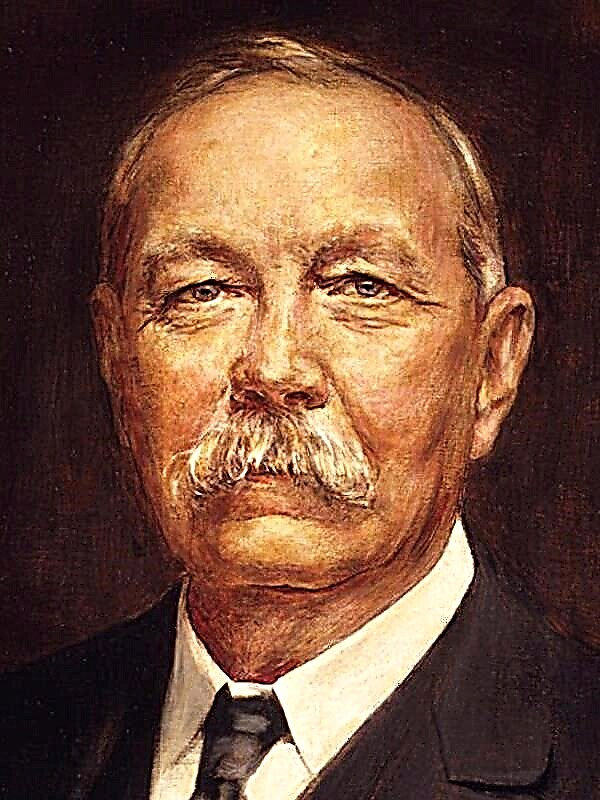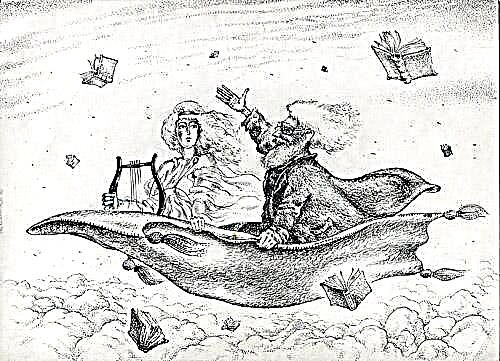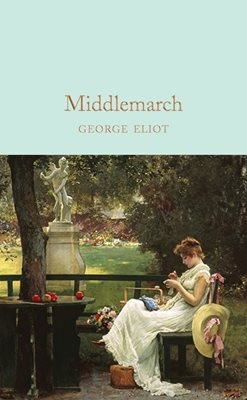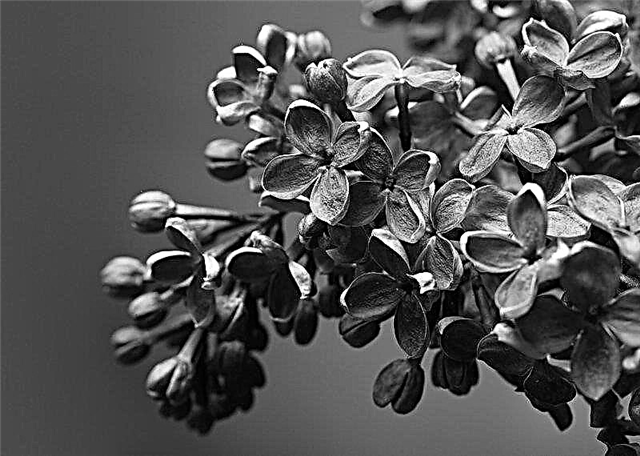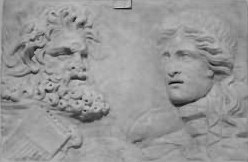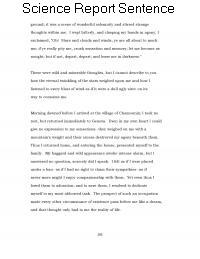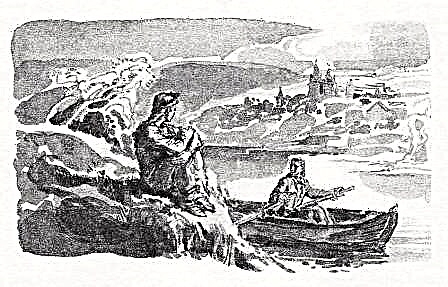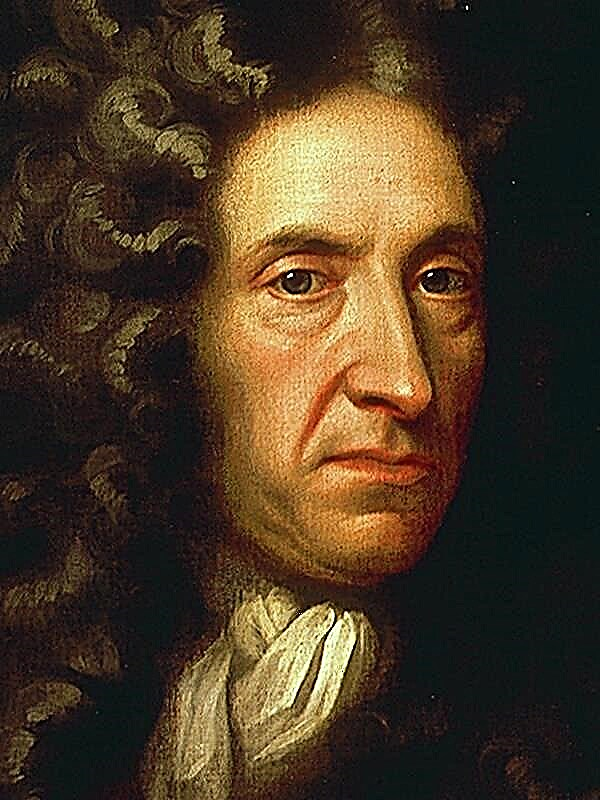(361 words) Nekrasov began work on the poem around the same years when Tolstoy wrote War and Peace. It should be noted that the authors have a similar goal: to reflect the life of just the people “in a crisis situation, at a turning point”. However, the poet, unlike Leo Tolstoy, did not refer to historical sources, but to the post-reform reality, using folklore traditions. Already from the first quatrain, the image of the main characters - seven wanderers - is introduced.
No wonder the author creates just such a quantity: the “seven” in Russian folklore is a magical, mysterious number. A collective image of truth-seekers arises before readers: we only know their names, the work lacks a detailed description of the characters. Wanderers embody the entire peasant people who want to find answers to their questions. The author immediately shows us the purpose of their journey: "As long as they don't bring it No matter how it is for certain: Who lives happily, Free in Russia?". Thus the chronotope of the “big road” is born - another element of Russian folklore.
Seven wanderers are a key figure in the work. Together with them we travel around the provinces and villages in search of that very “lucky guy”, get acquainted with the landowners, listen to stories about the difficult fate of women. With their help, we open all the secret corners of peasant Russia. First of all, the wanderers went to the representatives of the vertical of power, which rises above the common people: to the priest, landowner, official, merchant. But none of them was happy: “Our roads are difficult. We have a big parish, ”says the priest. The landowner Obolt-Obolduev complains about the disappearance of his former life, luxurious life with a huge servant. Then, in search of a happy man, the peasants go to commoners. But instead of answering their question, the wanderers find the poor men exhausted by the work. The author asks a rhetorical question: "The people are liberated, but is the people happy?" Peasants exist in disastrous conditions, wasting themselves in constant drunkenness: “There is no measure of Russian hop. A measure of our grief? Is there a measure of work? ” Moreover, they themselves willingly suffer humiliation from the masters (the peasant Ipat rejoiced when the gentleman bathed him in the hole, harnessed him to the cart).
The traits of the common people are also reflected in the image of seven wanderers: extreme poverty, drunkenness, obstinacy, determination, a connection with nature (in the poem, wanderers entered into dialogue with the outside world more than once). This is a single whole that acts as the bearer of the very idea of seeking the truth.
Reflecting the country at a crucial time (the period after the abolition of serfdom), Nekrasov shows the true situation of the post-reform Russia, while leaving hope for a happy future that lies behind the real citizen - Grisha Dobrosklonov.

